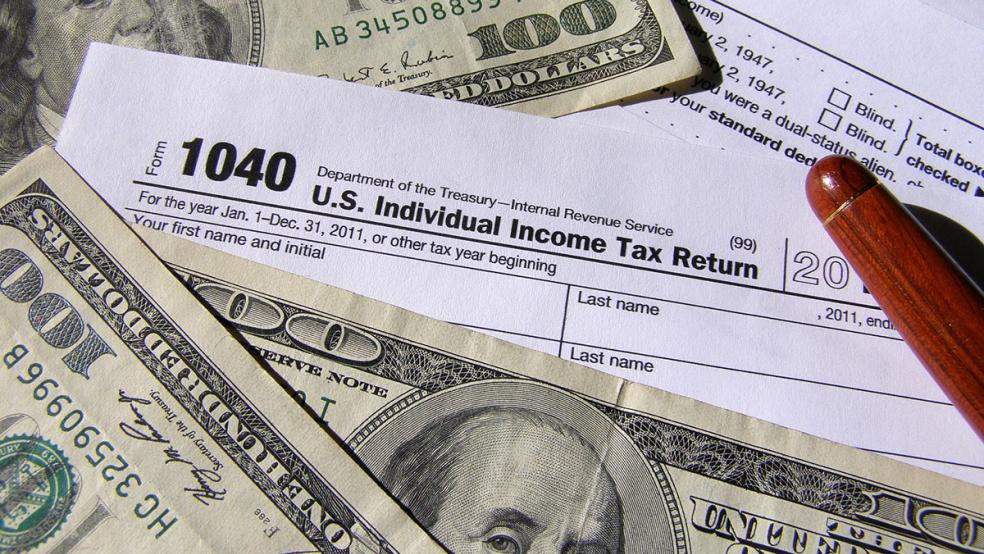Ready to get a jump-start on paying off you credit cards or saving for that vacation this year? Your tax refund can help.
Last year, almost three out of four filers got a tax refund, with an average refund of about $2,800, according to H&R Block. The Internal Revenue Service issues more than nine out of 10 refunds in fewer than 21 days, but some refunds take longer.
Related: The Best and Worst States for Taxes in 2017
For example, due to a new law aimed at uncovering fraud, the IRS must delay refunds claiming the Earned Income Tax Credit and the Additional Child Tax Credit until February 15. But everyone else can get their refunds faster by following these four simple tips.
1. File early. The early bird gets the tax refund. Get your tax return in early, when the IRS is processing fewer returns, and you will probably get your refund faster. The agency began accepting electronic returns this week.
2. Look for errors. Double-check everything, including the easy stuff such as your name, Social Security number and bank routing number. Mistakes on tax returns can lengthen the processing time and delay your refund by weeks or months.
3. File electronically. Processing of paper returns can take weeks longer than e-filed returns, holding up your refund. IRS e-file or other tax preparation software also catches any mathematical errors that could also end up delaying your refund. Last year, almost nine out of 10 taxpayers filed their taxes electronically. Those with adjusted incomes of less than $64,000 can file free.
Related: 8 Changes Coming to Your Taxes in 2017
4. Choose direct deposit. The fastest way to get your refund is to have it deposited directly into a financial account, according to the IRS. The agency even allows the refunds to be deposited in multiple accounts. All that’s needed is the account number and routing number, usually found at the bottom of a check from the account.
Finally, once you’ve filed, you can track your refund using the Where’s My Refund? tool from the IRS.





